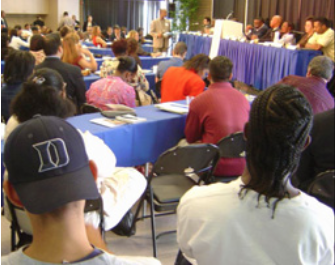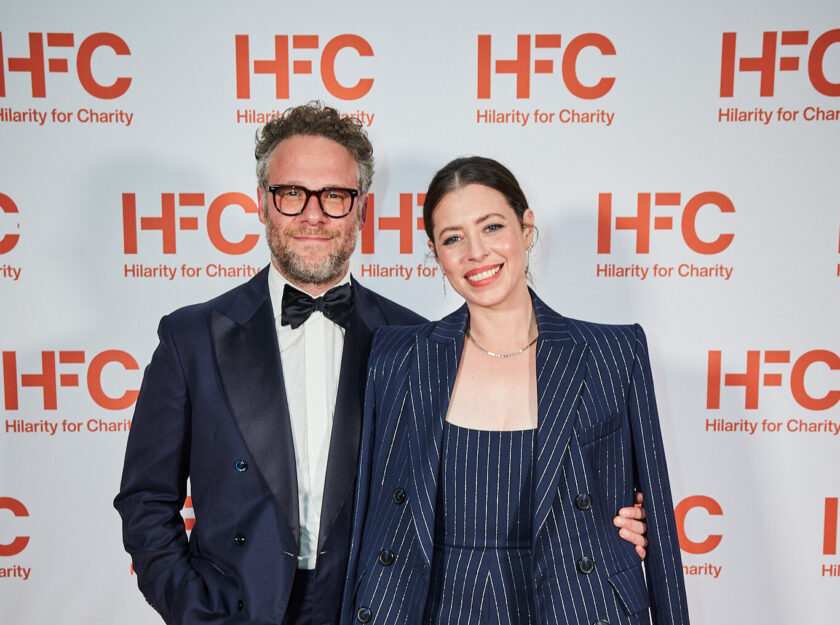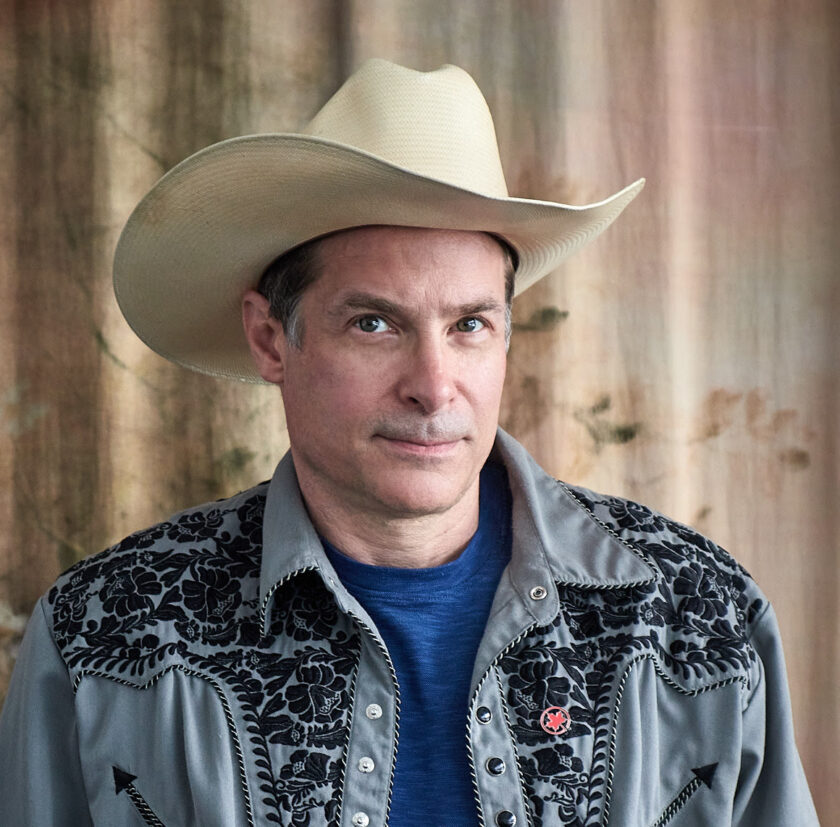
Thursday, October 16, 2003 5:14 PM
BY JORDI ORTEGA
Community organizers, education and health experts, journalists and people touched by gang violence got together at USC campus to discuss one of the most difficult issues in South Los Angeles and the country: youth violence.
On September 13, just a few minutes by car from one of the worst gang impacted urban areas in the world,people attending the discussion at the California African American Museum heard from a nationally recognized expert in this approach, Dr.Deborah Prothrow-Smith. A professor at the Harvard School of Public Health, she delivered the message that youth violence is preventable. A panel discussion followed, featuring sincere self-criticism by journalists of main- stream television, and urgent requests to station managers by members of the community and even station employees.
Prothrow-Stith is an epidemiologist who integrates the points of view of criminal justice and the socioeconomics. “We haven’t taken the holistic approach, we haven’t understood that gangs are a part of the whole violence problem, that domestic violence is related to gang vio- lence,” she said.
She said another reason why youth violence seems like an incurable disease when she believes it is preventable is that priority is given to “the criminal justice-police-punishment strategies” which are applied “after the effects.”
Her research shows the dominant risk factors for youth violence are the presence of guns, witnessing or being a vic- tim of violence, and consuming alcohol and drugs. One of the most interesting insights she shared with an audience of more than fifty is that girls now make up 25% of the juveniles arrested for vio- lent crimes. As little as twenty years ago, girls were a negligible number.
“The increase for girls is what is amazing, what requires additional inves- tigation and I think represents a tragedy for America”, she argued.
The media has a particular social responsibility in covering this social issue, as panel members and audience discussed. The moderator, George White, assistant director at the UCLA Center for Communications and Community and a former L.A. Times journalist said, “there is a lot of cover- age of gangs but it’s often bang, bang”.
Chico Brown, former gang member and now director of gang prevention and intervention at “A Place Called Home” youth center in South Los Angeles, said youth violence is “contagious as a dis- ease and it has to be treated like that.”
He helped the audience understand the similarities between violence and infectious diseases when he talked of letters he receives from youths who have been raped in jail.
Panelist Franklin D. Gilliam, UCLA associate vice chancellor for community partnerships, said $30,000 dollars is spent on every kid put in jail and said money is not spent on prevention, “because the public doesn’t understand this is a health problem.”
One of the most outspoken journalists was KCAL9/CBS 2 anchor Dave Clark, who stated that the most important deci- sions made in the newsroom come from producers who are mostly “white, young journalists in their twenties, who have never been in the field.” He says they went from high school to college to intern- ship to writer and were promoted to pro- ducers, and one day woke up as news directors.
“They haven’t seen violence or attended community meetings. All they talk about is who had a latte on Friends.”
Alejandro Alonso, a geographer who researches gangs, said, “I was in a triple homicide with six injured and nobody dis- cussed it” in the media. He compared that event with the widespread coverage given to the non-fatal shooting at Taft High School, in a predominantly white and middle class area.
Billie Weiss, Director of the Injury and
Violence Prevention Program of the L.A. County Department of Health Services, acknowledged that gangs need a public health approach just like cigarettes. “Now nobody in this room is smoking now,” she remarked.
Veronica Hendrix, columnist of the Los Angeles Sentinel, explained that at her newspaper she does have the opportunity to talk about the faces and names. “It’s a very painful way to cover this story,” she said.
From the audience came comments journalists should consider. “The lack of follow up breaks my heart,” a woman claimed. “Is it the first or the two hun- dredth crime of this kind?” another asked.
People who attended the event urged journalists to raise the standards of con- text and balance, and voiced dislike of “drive-by” or “parachute” journalism. One said the media is primarily interested in ratings and stated: “If there is no money, they don’t go”.
Probably one of the bravest comments of the event, sponsored by the Asian American Journalist Association, the California Chicano News Media Association and the Los Angeles Press Club, came from a journalist. Sitting among the audience, an employee of KCBS gave this suggestion for changing the way the media covers the gang issue: “Call my News Director, call my General Manager, and be pissed.”



